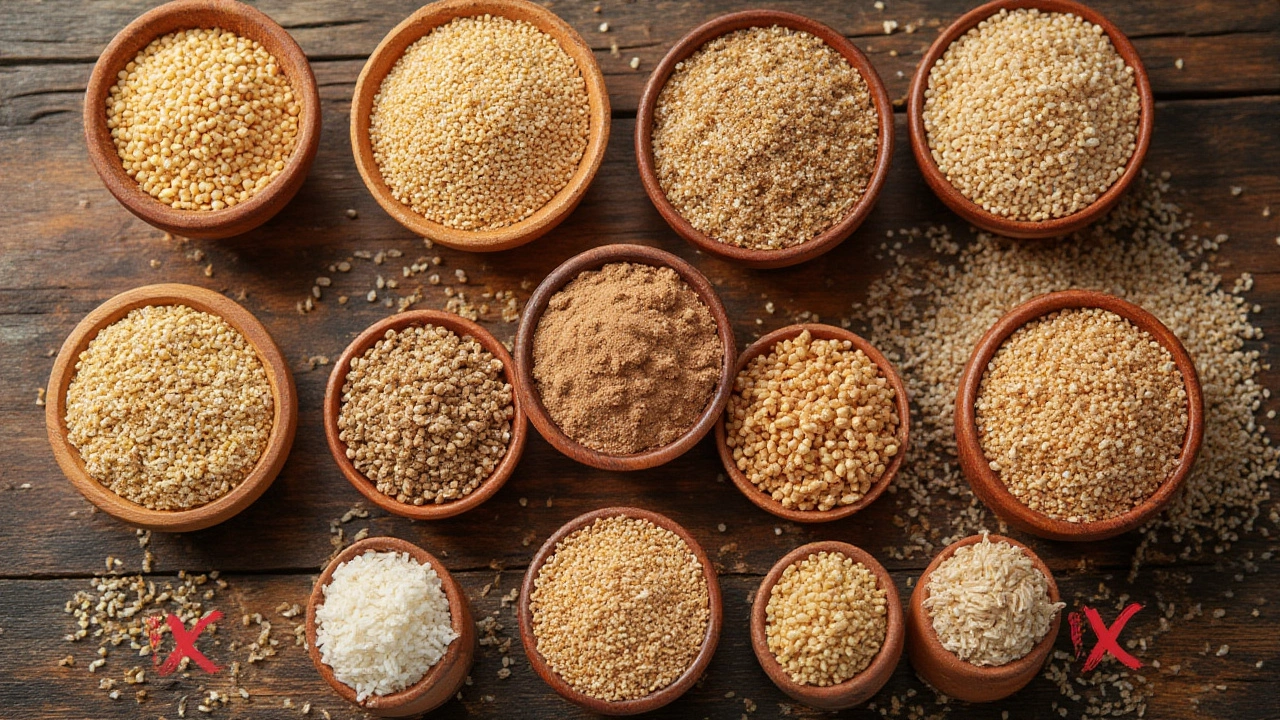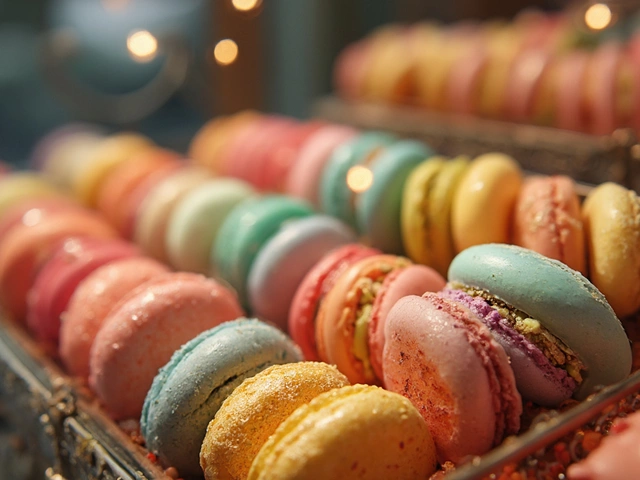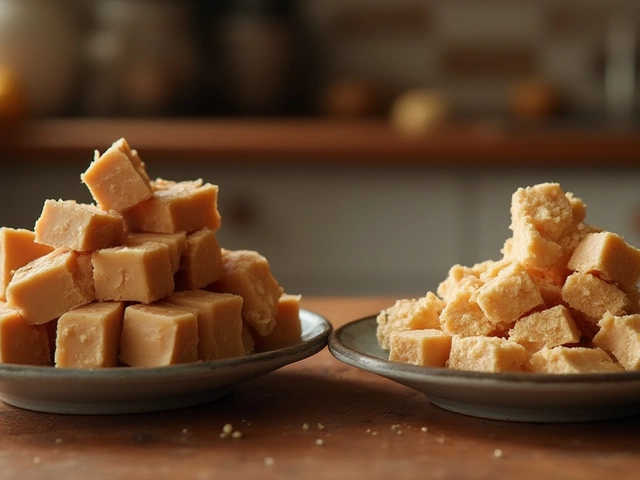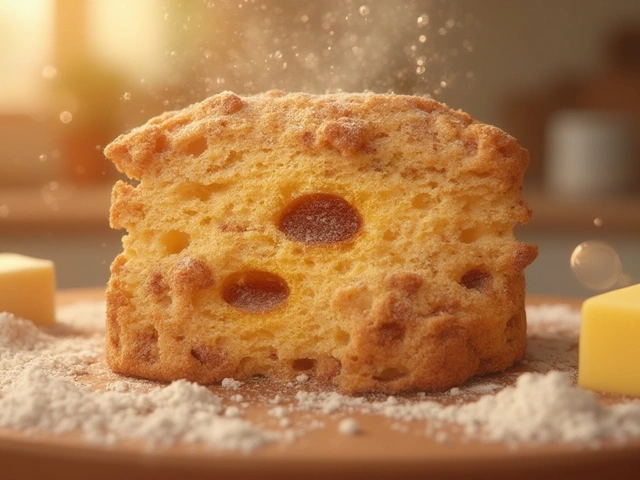Celiac Safe Grains: What You Can Eat and How to Use Them
If you have celiac disease, the biggest question is "Which grains are actually safe?" The answer is simpler than you think: not all grains contain gluten. Below we break down the top grain choices that won’t trigger your symptoms and give you practical tips to bake, cook, and enjoy them.
Everyday Grains That Are Naturally Gluten‑Free
Rice – White, brown, black, and wild rice are all safe. Use rice flour for cakes, cookies, or as a thickener in sauces. Just remember it can make baked goods a bit dense, so pair it with a lighter flour like oat or sorghum.
Quinoa – This tiny seed works great as a side dish or in salads. When ground into flour, quinoa adds a nutty flavor to muffins and pancakes. Rinse it well before cooking to get rid of the bitter coating.
Millet – Millet has a mild, slightly sweet taste. Millet flour mixes well with almond or coconut flour for gluten‑free bread. Toast the grains first for extra crunch in granola.
Sorghum – Sorghum flour gives baked goods a light, airy texture. It’s perfect for brownies and cookies. Combine it with tapioca starch for that chewy bite.
Teff – Best known for Ethiopian injera, teff is high in protein and iron. Use teff flour in pancakes or as a thickener for soups.
How to Mix and Match for Better Texture
Going gluten‑free doesn’t mean you have to settle for crumbly or gritty results. The secret is blending different flours. A common blend is 1 part rice flour, 1 part sorghum, and ½ part tapioca starch. Add a pinch of xanthan gum or psyllium husk to mimic gluten’s elasticity.
When a recipe calls for “all‑purpose flour,” start by swapping in a 1:1 mixture of your favorite gluten‑free blend. You may need to increase the liquid by 10‑15% because gluten‑free flours absorb more moisture.
Don’t forget about starches. Potato starch, arrowroot, and cornstarch help lighten batters and give a crisp crust on pies and pastries.
Finally, taste as you go. Some grains, like buckwheat (yes, it’s safe for celiac), have a strong flavor that can dominate a delicate cake. Use them in smaller amounts or balance with sweeteners and vanilla.
With these grains and blending tricks, you can enjoy everything from fluffy cakes to hearty risottos without worrying about gluten. Keep a small stock of each grain, rotate them in your pantry, and experiment – you’ll soon find your favorite combos.
Ready to start? Grab a bag of rice flour, a cup of quinoa, and a sprinkle of sorghum. Your celiac‑safe kitchen adventure begins now.

Gluten-Free Grains List: Which Grains Are Safe For A Gluten-Free Diet?
Confused about which grains are truly gluten-free? Dive into a full breakdown of gluten-free grains, tips, nutrition facts, and surprising gluten traps.
View More




